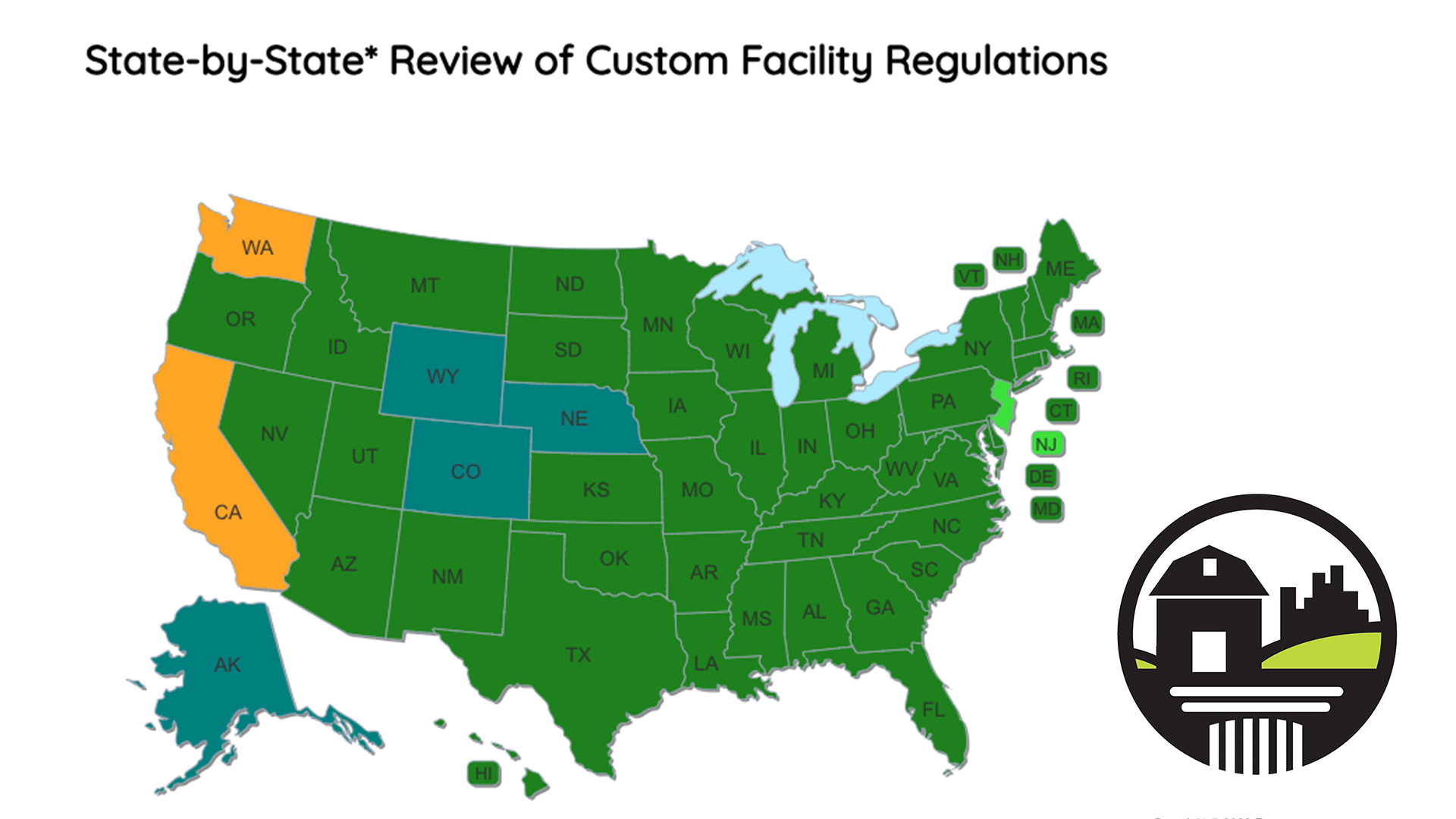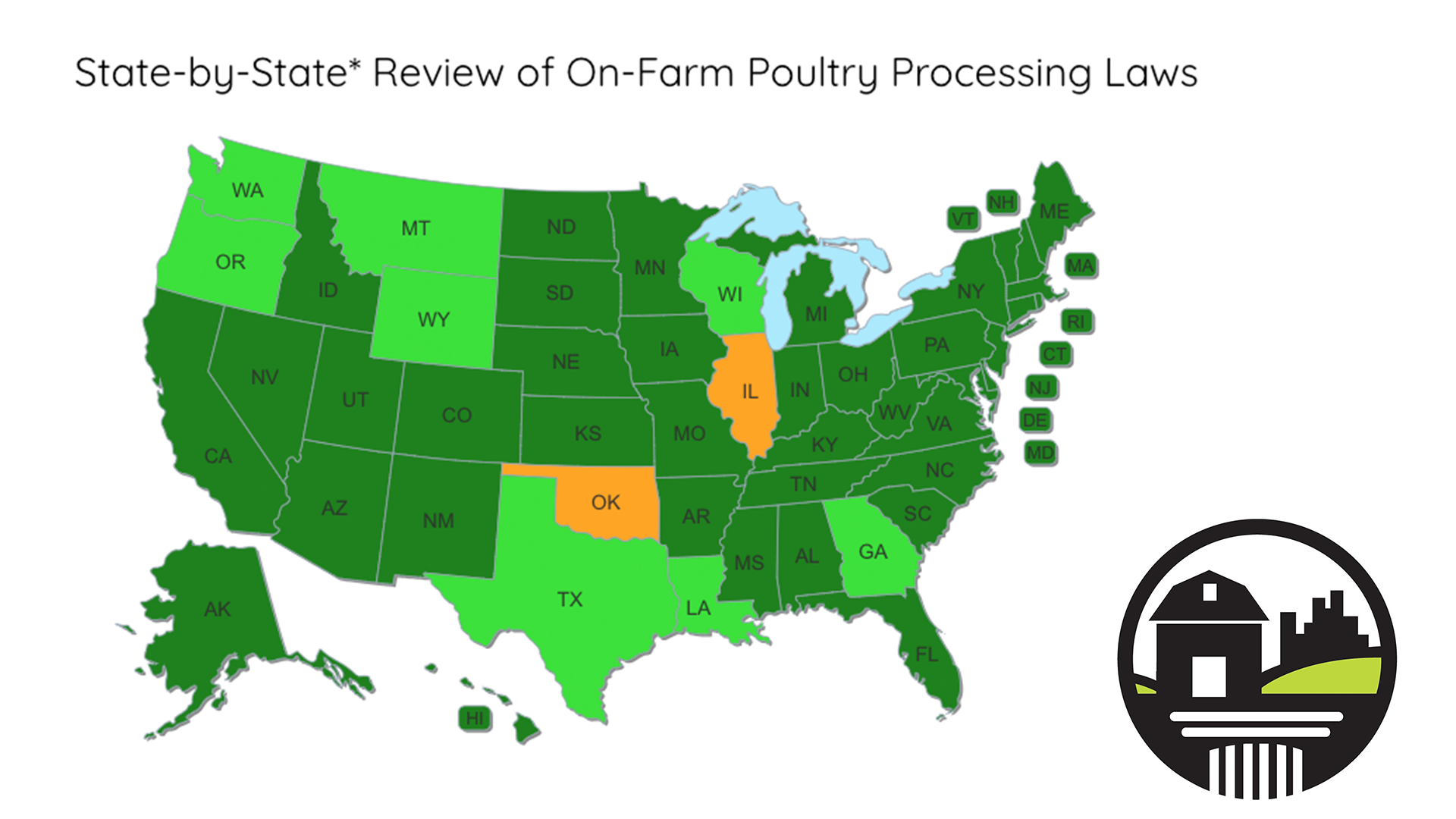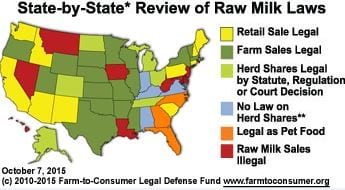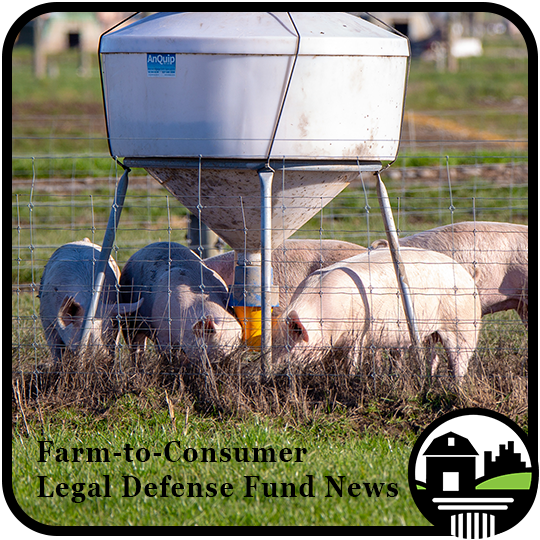We Defend Consumers, Too!
Here at Farm-to-Consumer Legal Defense Fund, our mission is to protect, defend, and broaden the rights and viability of independent farmers, artisanal food producers, and their consumers.
We recognize that consumers are an essential part of the food system. The legal representation we provide and policy work we do is all designed to make local food more abundant and available for communities across the U.S.
Yet even consumers who buy their food from local farms, ranches, and food producers may not know that U.S. policy actively discourages small-scale, independent food production.
A long history of policies that instead support large-scale industrial agriculture means it’s harder for consumers to buy local food from trusted farmers, ranchers, and producers.
Keep reading to learn the major ways that government regulations have kept the food of your choice off your plate.
Government regulations encourage consolidation.
By setting requirements for production and facilities that only large operations can afford, U.S. regulations encourage large-scale production.
Due in part to decades of lax antitrust oversight, a few large companies in each sector now control their markets. This gives them financial and political leverage to push for regulations that are friendly to industrial production, severely disadvantaging small independent operations in the process.
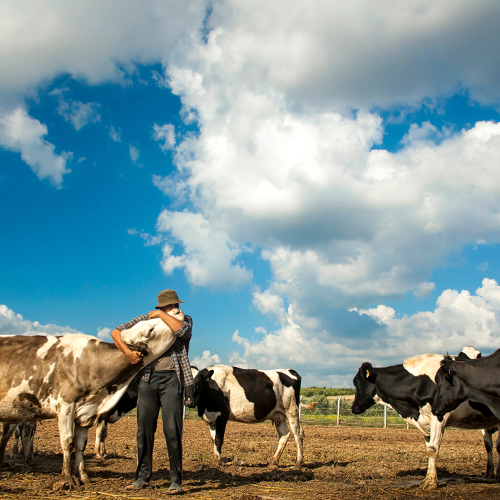
Regulators often fail to accommodate independent operations by providing scale-appropriate rules.
In many cases, this means that small and independent farmers, ranchers, and food producers must abide by the same expensive facility construction rules that govern multinational corporations — even when the producers sell directly in their communities, as opposed to a long supply chain in which traceability of potential problems is more challenging.
Examples of Regulations that Disadvantage Independent Producers
Meat Processing
Small, independent slaughterhouses processing less than 1,000 animals per year must meet substantially the same requirements as industrial operations that slaughter one million or more animals per year.
Poultry
Some states enforce burdensome restrictions on poultry processors of all sizes, such as requirements for separate buildings with specific plumbing and building materials not required by federal law.
Even with exemptions from federal processing rules, this means many small-scale producers cannot afford to operate, even though their operations are clean, safe, and efficient.
Small Food Businesses
Commercial kitchen requirements often price out small home-based food producers, even if their access to hot water and sanitary conditions are as good or better than industrial production facilities.
Sales Avenues
State laws often limit the venues where direct-to-consumer sales take place, limiting the local producers’ ability to scale up and increase their revenue.
Raw Dairy
Some states, like Arizona, place such stringent facility requirements on raw milk production that while raw milk is technically legal, few small producers can satisfy the requirements.
Small producers taking appropriate precautionary measures produce a healthy and safe product that consumers increasingly demand.
Examples of Consolidation
Retail Grocery
U.S. conventional groceries are controlled by four transnational corporations.
Meat
The U.S. meat supply is dominated (80% of the market) by four corporate operations.
Pork
64% of U.S. pork is produced by only four corporations.
Poultry
Commercially produced poultry is highly concentrated: About five corporations dominate the market and impose challenging conditions on contract poultry growers.
Impacts of Consolidation

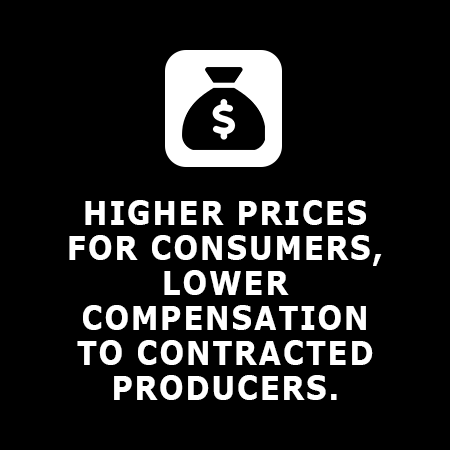
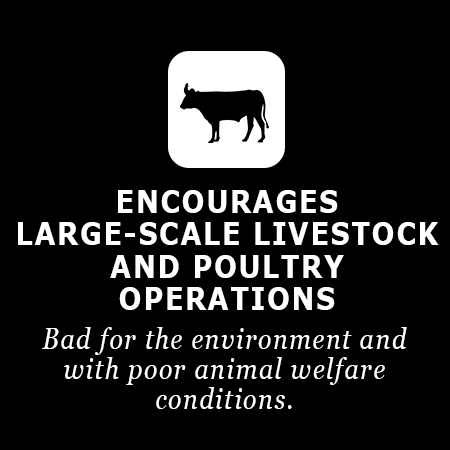
Government regulation creates barriers to local food production, distribution, and sales.

Consumer demand for local food has been growing steadily.
Even so, federal, state and local regulations act as barriers to its production and distribution.
Communities working to build healthy local food systems must then find ways to sidestep or even dismantle those barriers.
Here are just a few of these barriers:
Meat Processing
Consumers want to eat locally raised meat and support neighboring ranches and farms. Yet the Federal Meat Inspection Act requires all livestock to be processed at a USDA facility or state facilities with “equal to or greater” requirements.
How this requirement acts as a barrier:
- Smaller farms and ranches have difficulty obtaining appointments at these facilities, since priority often goes to larger corporate operations.
- The facilities may be hundreds of miles away. Transporting animals can harm both the animals and the environment, plus it forces farmers and ranchers to spend time in transportation rather than on the farm or ranch.
Consumers can follow FTCLDF for developments on the PRIME Act, proposed federal legislation that would allow the sale of meat processed in regulated, custom slaughter and processing facilities and open up the consolidated meat processing systems in the U.S.
Poultry processing
The Poultry Products Inspection Act also requires the use of USDA or state processing facilities. There are exemptions for producers raising less than 1000 or 20,000 birds, allowing for on-farm processing.
Many states place economically unviable requirements to on-farm processing, not mandated by federal law, creating a barrier to the sales of locally raised, healthy poultry direct to the consumer.
Cottage Food Production and Sales
Consumers love to support local producers and buy the freshest products available.
To meet this growing demand, farmers, ranchers, and homesteaders seek to supplement their income by producing homemade food for sale, without the need and expense required for a commercial kitchen license.
While cottage food laws have been improving, there are still a great deal of limitations on small scale food production, which makes purchasing local goods difficult.
Raw Dairy
Consumers who seek the health benefits of on-farm produced raw milk are often unable to get it due to state law prohibitions or requirements that only a large-scale operation can afford.
Raw dairy producers tend to be smaller, and they take stringent precautionary measures to ensure that milk intended for human consumption is not contaminated in any way.
State and Local Government Requirements
State and local governments often require a good number of licenses and permits even for simple small-scale production. These can include business licenses, food establishment licenses, commercial kitchen licenses, refrigeration unit permits, permits to transport certain food products, retail store licenses, permits for poultry production, and more.
Local regulations also often limit the venues where people can sell food, requiring consumers to travel long distances to the farm or ranch.
By making it so hard for people to produce and sell food on a small scale, these regulations limit consumers’ access to healthy, local food.
Government regulations interfere with food production for one’s own family.
The right to grow and raise food for your own family is mostly protected from the regulations above thanks to something called “personal exemptions.”
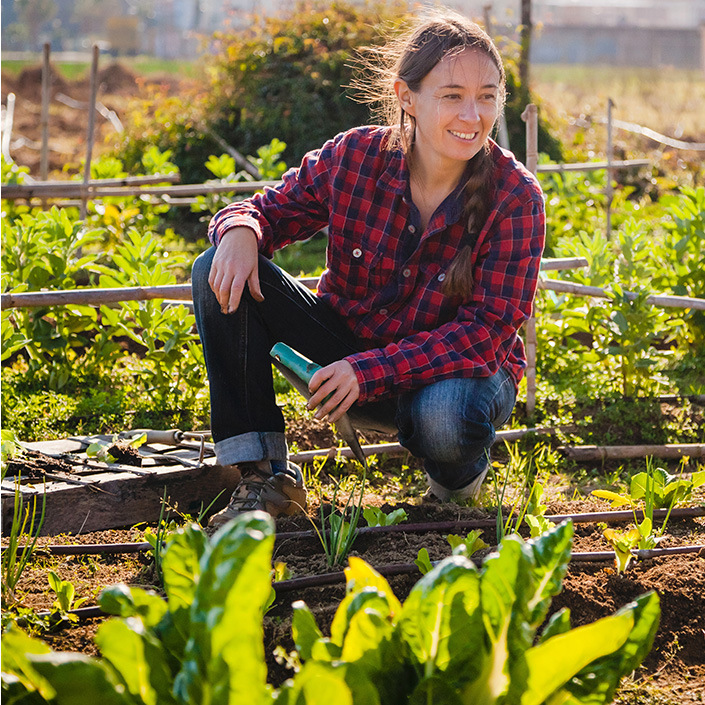
Still, homesteaders often face restrictions on what they can do on their own land: Zoning laws and regulations often prohibit any agricultural activities beyond growing fruits and vegetables. Examples include prohibitions on hoop houses, raising chickens or roosters, or raising livestock.
Other local land-use ordinances may limit the use of livestock guard dogs, require unreasonable setbacks or other restrictions on the placement of animal pens, barns and composting bins on people’s own property.
Farm-to-Consumer Legal Defense Fund Helps Consumers, Too!
The Farm-to-Consumer Legal Defense Fund works to benefit farmers, ranchers, and producers.
We also strive to improve consumers’ access to local healthy foods, and their ability to choose to support smaller-scale operations rather than large, industrial agriculture corporations.
To learn more about the regulation of food production, check out the other resources on our website and sign up for our newsletter!

